|
TECHNICAL
PAGE |
|
| I
get lots of questions about rebuilding and upgrading Mitsubishi
turbos so I have added this technical page. I hope this may help
people understand what's involved. I will be expanding on this
information when I get time! |
|
|
There are two basic type
of Mitsubishi TD05/06 turbochargers a TC and a TD.
|
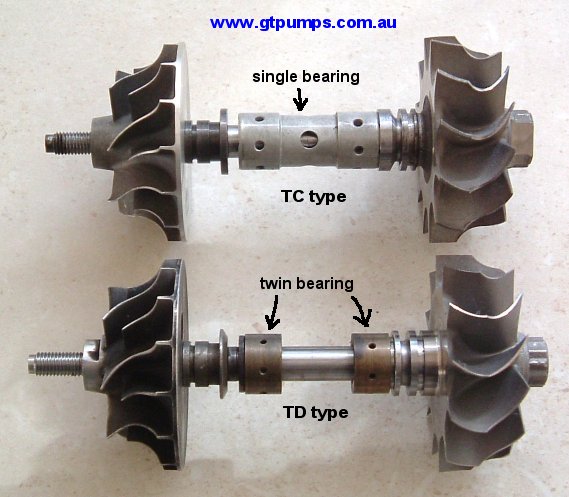 |
This picture
shows the difference between a TC and TD type turbo. The TD is
the later style design and features two bearings. In this design
the bearings take no end thrust. With the TC design the main
single piece main bearing is also the thrust bearing as well.
The TD design offers
lower friction and is just basically a better arrangement.
|
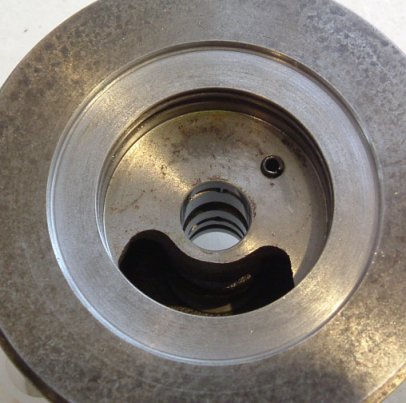 |
TC centre bearing
housing shown |
 |
TD centre bearing
housing shown. Note clips which retain the bearings. |
|
|
BALANCING |
| Because
turbo chargers spin at very high RPM (100,000+ !) they must be
accurately balanced. Of course this is done in the factory however
if you are upgrading or just rebuilding a turbo it is essential
to maintain the correct balance |
| When
upgrading the turbo by fitting a bigger compressor wheel you
must re-balance the rotating assembly on a special turbo balancing
machine. Unfortunately these machines cost many thousands of
dollars and are not for the home workshop! |
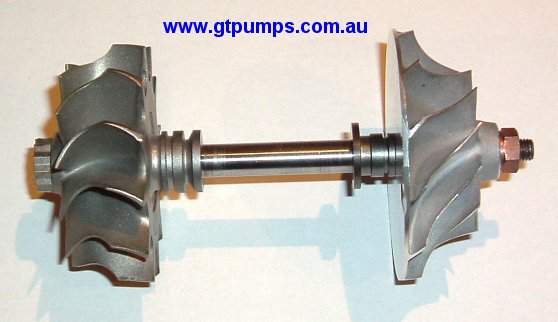 |
To balance a turbo you must assemble the rotating parts |
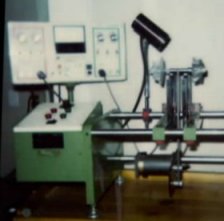 |
This assembly is then placed
on a special turbo balancer and is spun up. Material is removed
as required.
This operation may be repeated
a number of times before the turbo is balanced correctly. Once
balanced the assembly is fitted into the centre bearing housing
with whatever seals and o'rings are required and the turbine
and compressor housings are fitted. The balancer shown is an
older Heins (USA) machine we use a Schenck (Germany) balancer.
|
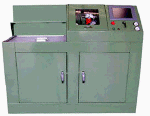 |
Another
sort of machine is a VSR balancer. This machine spins up the
assembled centre bearing housing (the turbo without turbine or
compressor housings fitted) and can rotate it at high speed.
We use a MRB1000 VSR. |
|
|
Turbocharger Testing |
| Testing
turbochargers is an interesting subject. Also there are many
challenging aspects to turbocharger design including thermodynamics
and material science. From an engineering point of view getting
things to live at 850°C+ is not easy! Obviously turbocharger
testing is done on actual engines but there is also a thing called
a turbocharger dyno. Ever wondered how they got those compressor
maps you see published? A turbocharger dyno is a very specialized
piece of equipment it allows the turbocharger to be operated
throughout the complete turbine RPM range and compressor airflow
of the turbocharger. The turbo is operated exactly as it would
be on the engine with the same temperatures, pressures and airflows.
Turbochargers can also be endurance cycle tested for many hours
on such equipment. Turbine RPM, in and out temperatures/pressures
and air flows are monitored by computer. |
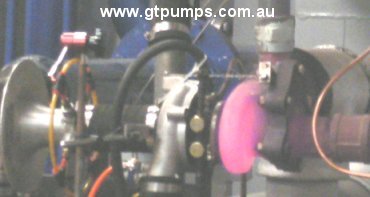 |
Here is our
GTPS01 turbo undergoing "torture" testing note glowing
red turbine housing!
The turbochargers
we supply are engineered to make the numbers!
|
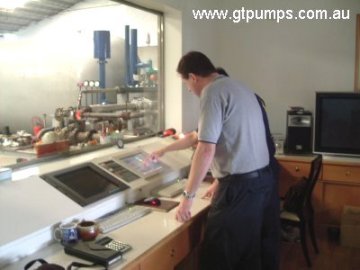 |
Turbo dyno control
room |
|
|
There are many
different types of compressor wheels the picture below shows
just a few |
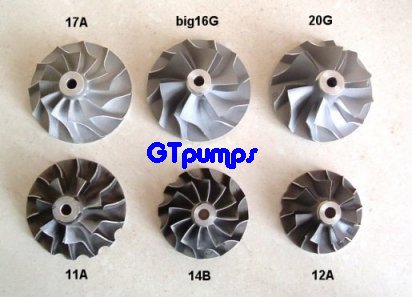 |
|
There are many
different types of turbine wheels the picture below shows just
a few |
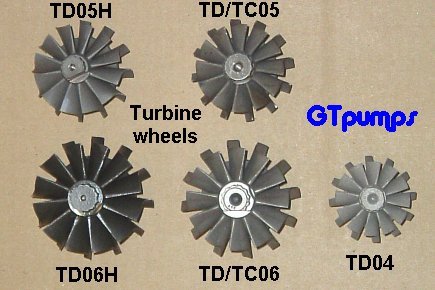 |





